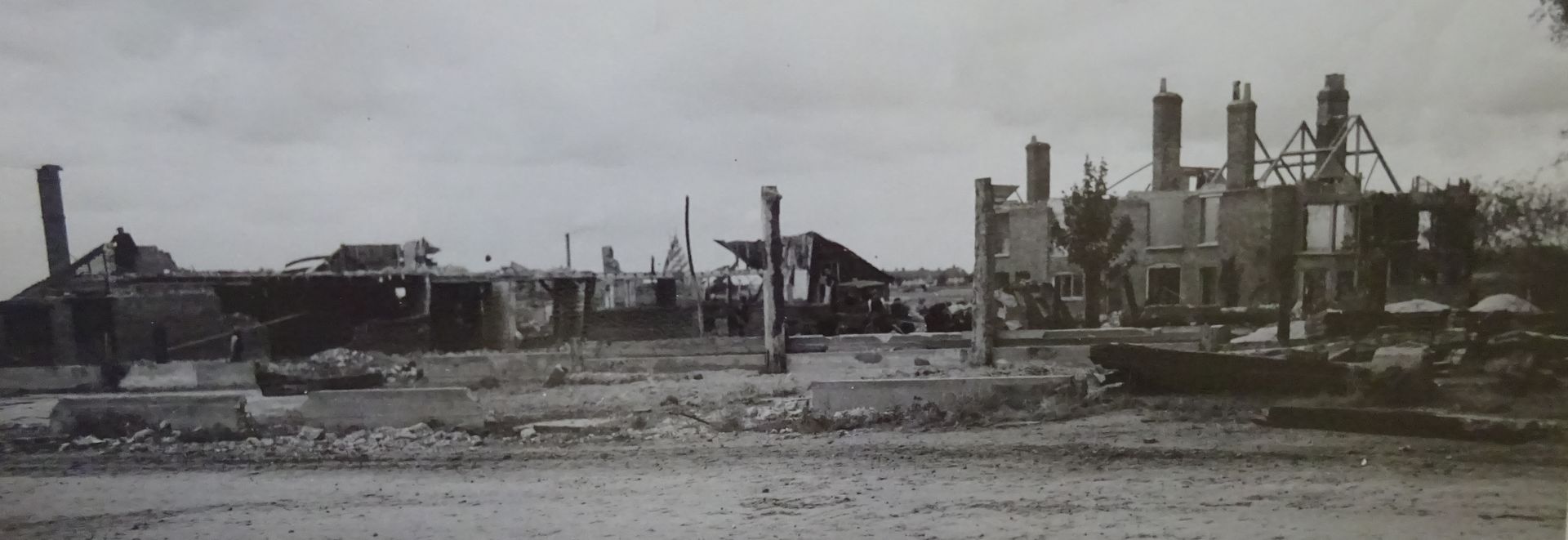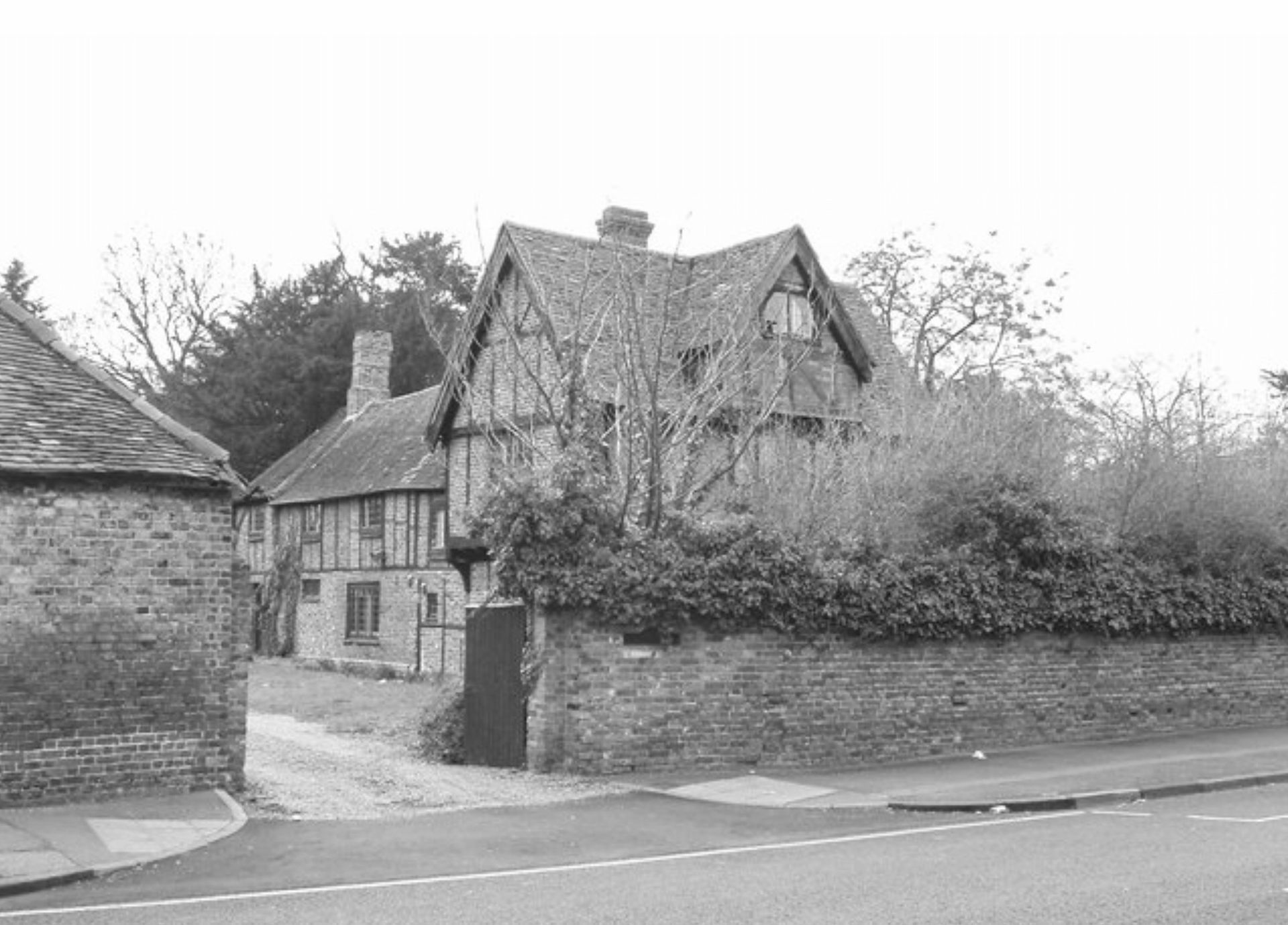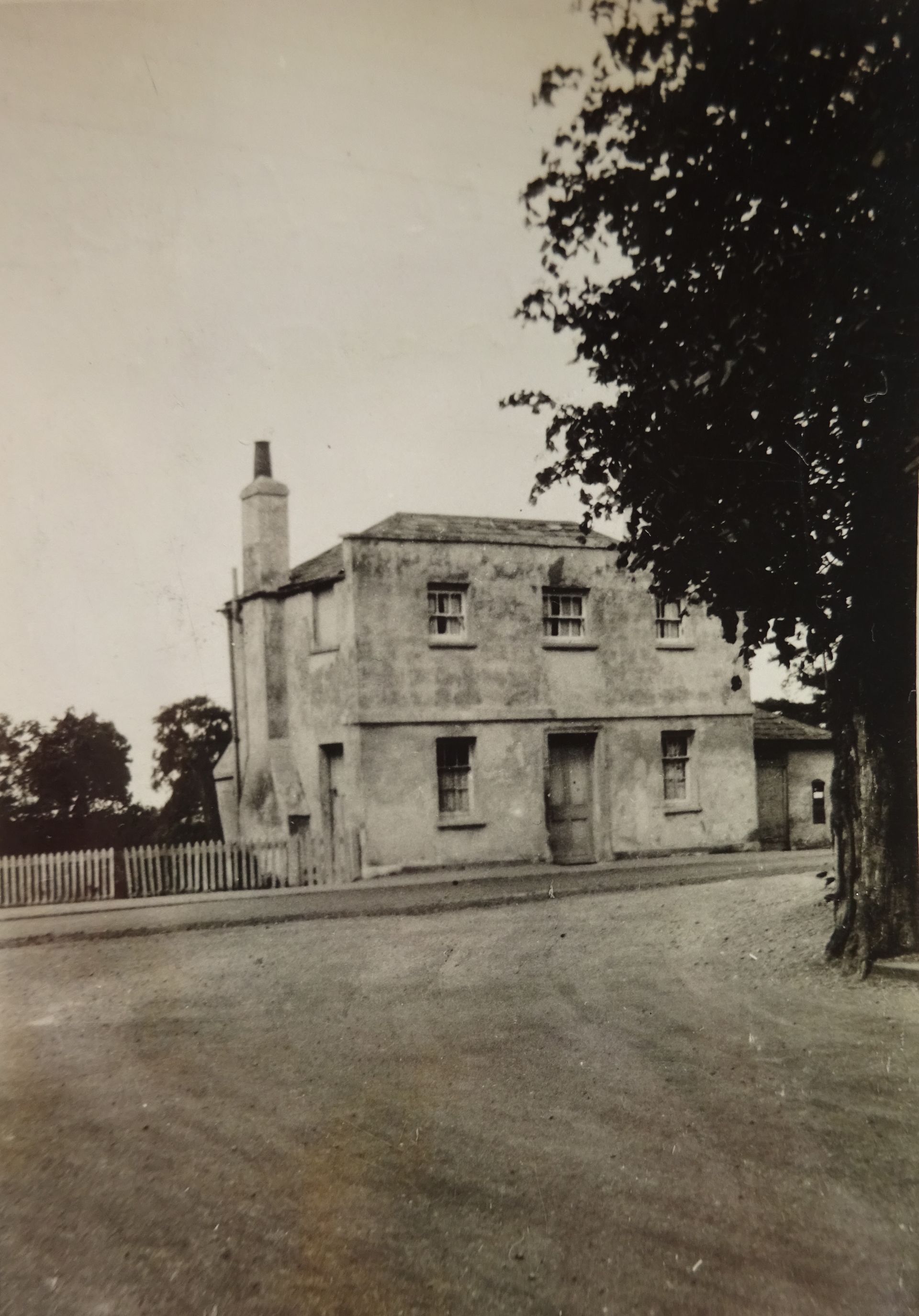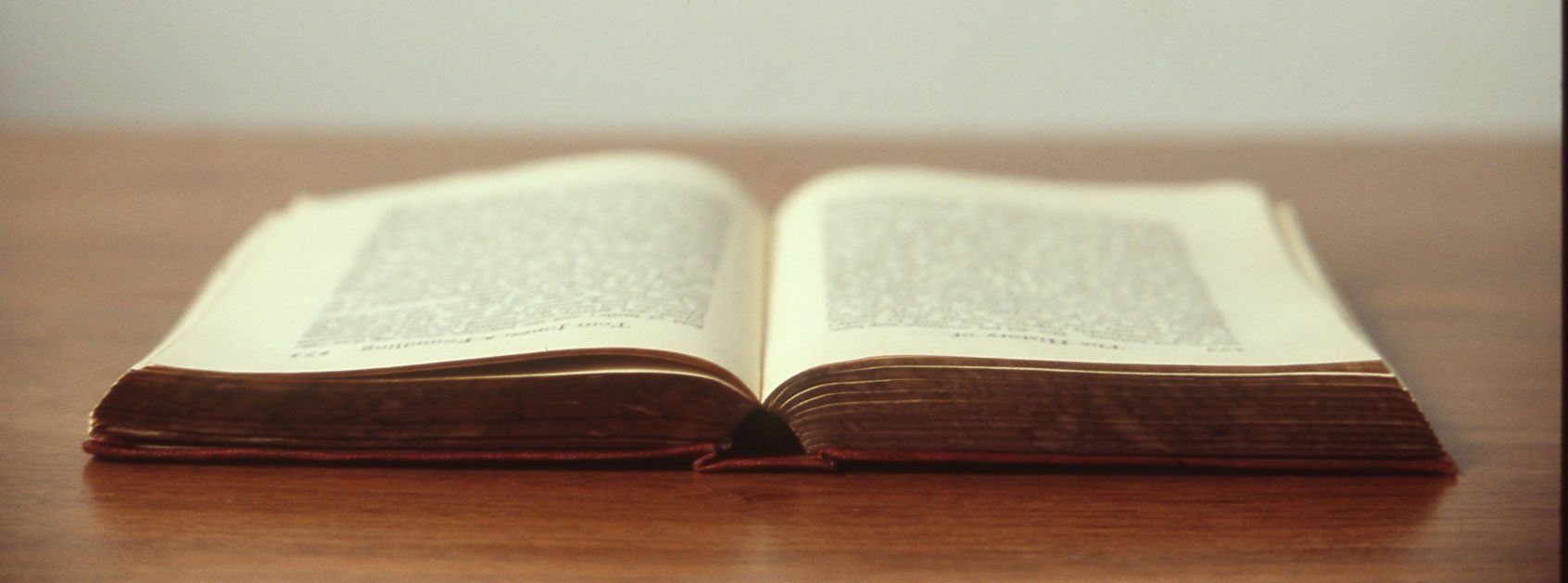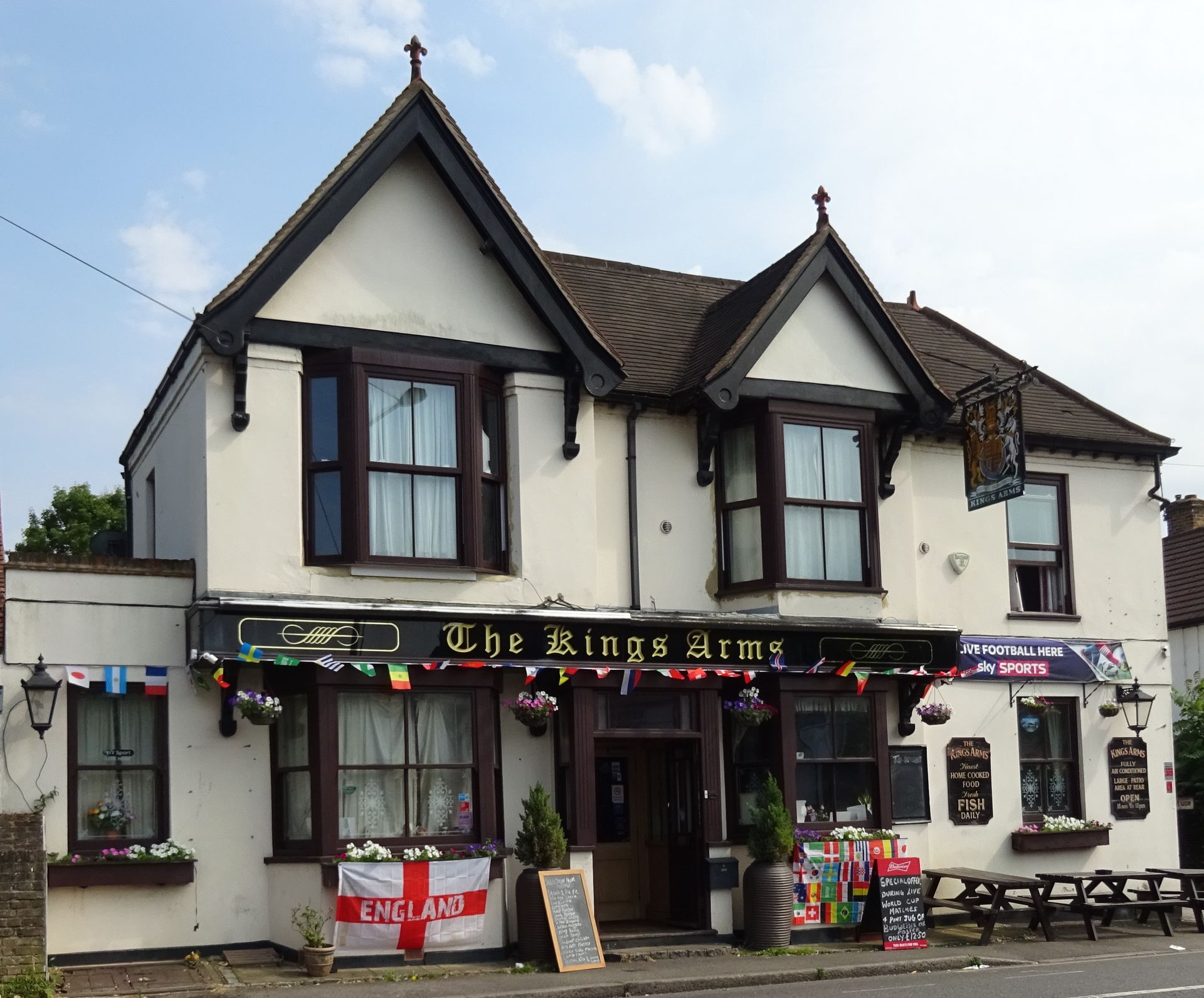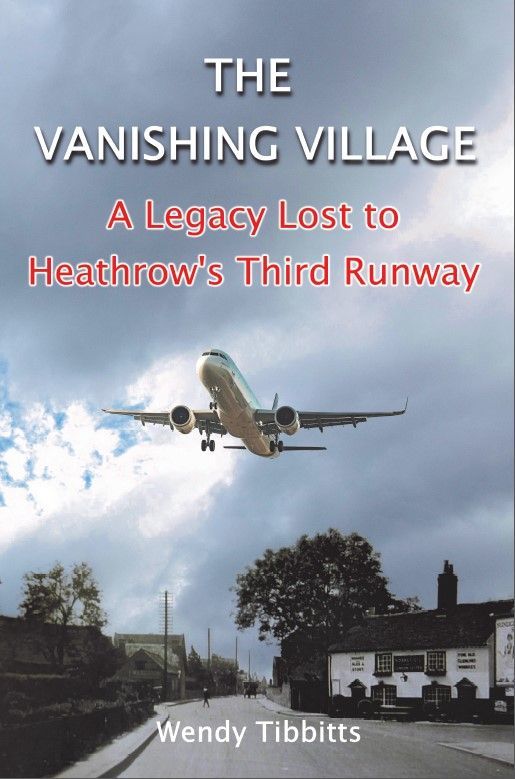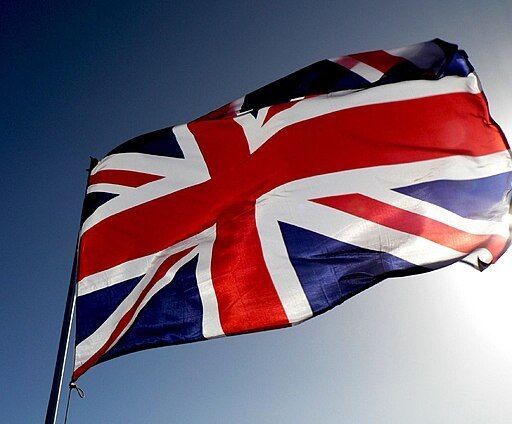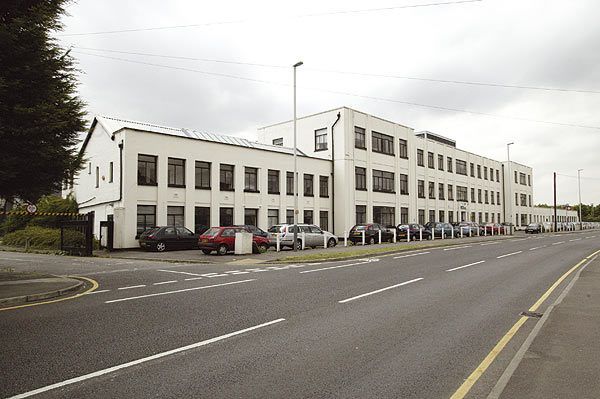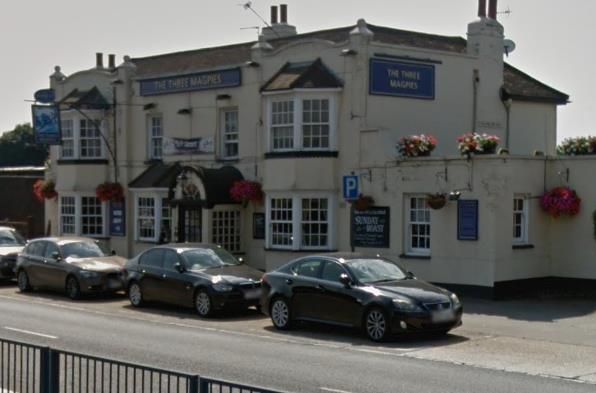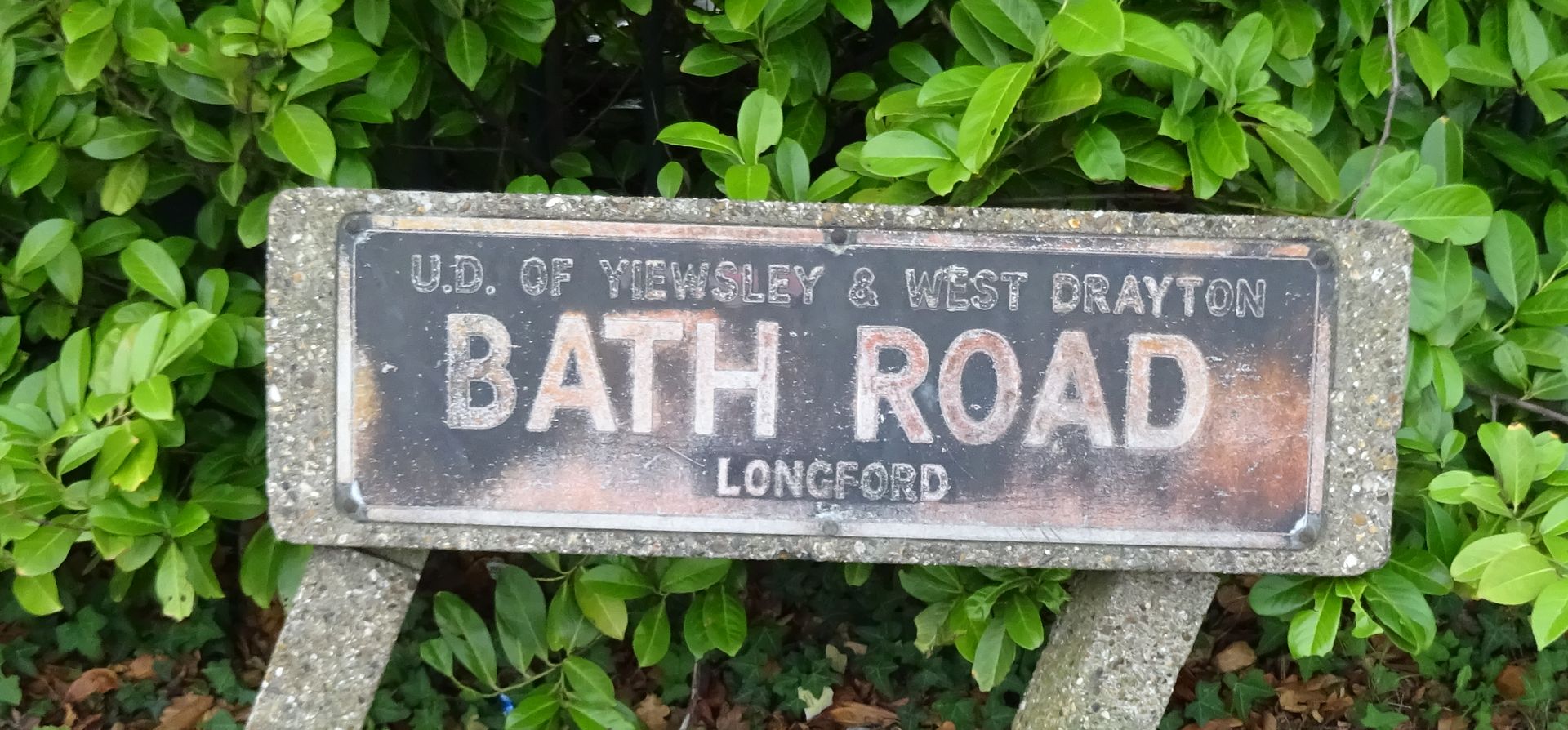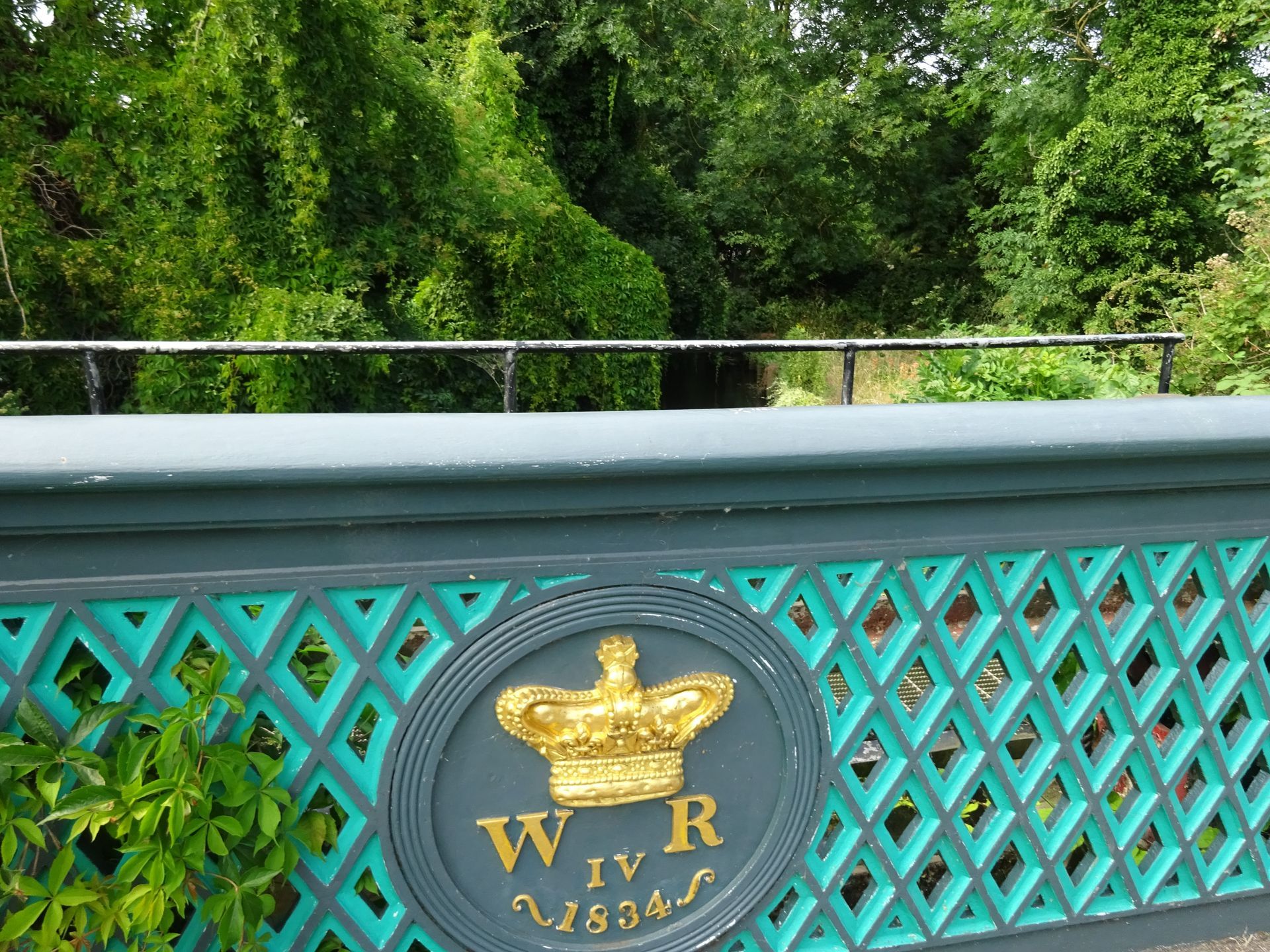Tales from Longford: The Kings Arms
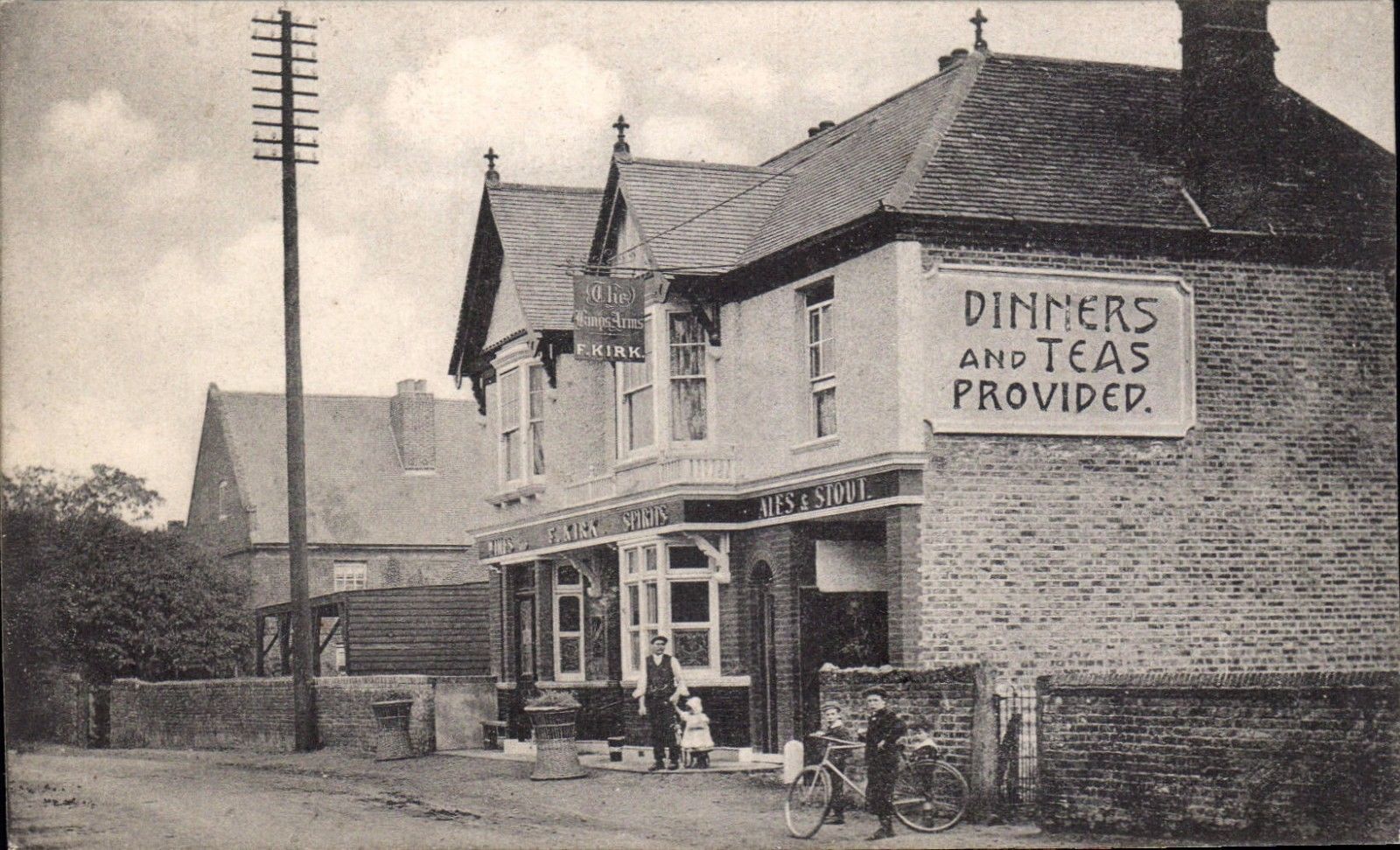
The Kings Arms in Longford has recently ceased trading after over 250 years of serving travellers. It is not a listed building, but it has a history going back to the late eighteenth century, and is within the Longford Conservation area.
The Kings Arms is on the once busy Great Bath Road which was the main route to Windsor, Reading, and Bath. In eighteenth century Regency England, it became fashionable for elite society to spend the winter “Season” in Bath taking the medicinal waters at the Roman Baths, socialising and enjoying the entertainments. As the road to Bath got busier more inns were built along the route. The Kings Arms was one of four inns in Longford catering for the travellers. The first landlord/victualler of the Kings Arms that I could find was John Redifer who had insured the building on 19 April 1786. He was a Londoner who, with his wife Susanna, and their young family had moved to Longford in the early 1780s. A daughter was born while they lived there and was baptised, Harriet, at St Marys church, Harmondsworth on 22 August 1783. By 1789 the pub had been sold to Cole & Co., brewers of Twickenham and remained in their ownership until Brandon’s Brewery of Putney bought the brewery in 1898.
It was not the largest pub in the village, but it had rooms and stabling for single travellers and was a favourite among the local residents. The ostler would be in charge of the stables and he would assist passengers on and off some of the 55 coaches a week that would pass through Longford on the way to Slough, Windsor, or beyond.[1] Mr Andrews was the landlord when, in October 1809, two coaches on their way to Windsor were passing through Longford at the same time. One stopped outside the inn and the ostler ushered a passenger into the carriage. As he did so he was knocked down and injured by another Windsor coach driving furiously through the village. The ostler was badly injured but survived.[2] Mr Andrews was the resident landlord for about twenty years, but later tenants had shorter residencies, and nearly all of them originated from outside of the parish.
The pub was the location of many community events. It had a full licence to serve beer and spirits as well as food. In 1818 two brothers, James and Richard Tillyer, hosted a dinner at the King’s Arms after a day in which farmers had demonstrated the strength of the local community co-operation. The brothers had just taken the tenancy of nearby Stanwell Park Farm, owned by Sir John Gibbons. It was November, a time when the fields would normally have been prepared for the next year’s harvest, but this ground was untouched. To avoid the brothers having to miss the harvest, the neighbouring farmers offered to give the brothers their labourers for one day’s work. Between six and seven in the morning of an unusually fine November day 125 teams assembled on the land comprising 389 horses and a yoke of oxen. In that one day 100 acres were ploughed, harrowed and rolled and sown.[3] At the end of the day the labourers’ were presented with a small gratuity, and a substantial lunch with plenty of ale. The Gentlemen farmers were treated to a good dinner at the Kings Arms in Longford.[4] The event would lead eventually to the formation of a West Middlesex Agricultural and Market Garden Society in 1837 which existed for 99 years.
No all the events at the inn were so friendly. In May 1839 a customer, Joseph Reynolds, was set upon by two women when he went to the privy and his purse, containing £30, was stolen. The women and their male accomplice were caught, and at the resulting trial at the old Bailey all three were sentenced to transportation to Australia.[5] The punishment was harsh because Judges would hand down sentences based on the value of the theft. William Godfrey was the landlord at the time, but following the death of his 9-year old son in August that year, he lost interest in the pub and by May 1840 he was selling up his furniture, bedding and bar equipment.[6]
As a public space the Kings Arms was used for inquests, which were carried out soon after the discovery of the deceased. Local people would make up a jury and the Coroner would call witnesses. Henry Monk was the licensee when in 1848 a young man booked a room in the Kings Arms which he shared with another man. In the morning, after the second man left, the door was bolted from inside and when his room mate returned he was unable to gain entry. Eventually a policeman was sent for who used a step ladder to get through the window and found the man hanged. Inquest verdict suicide.[7] He was buried in the graveyard at St Mary’s church Harmondsworth and the sad entry in the parish register just noted him as “Young Man, name unknown. Hung himself at the Kings Arms Longford. About 28 years.”[8] Another unexpected death at the inn, was Mrs Eliza Smith the wife of the landlord who in 1856 was found dead in her bed on Christmas morning. She was 52 and the inquest, in her own home, heard that she had been suffering from a heart complaint.[9] The funeral took place in St Mary’s, Harmondsworth on 1st January 1857.
The landlords where not always as honest as they were supposed to be. In 1864 Landlord William Cole was prosecuted for allowing drinking in the pub out of hours. He was fined 20s and cautioned.[10] Five years later the landlord was Thomas Baker and he was in trouble when he was fined for serving incorrect measures to customers.[11]
The nearby Queen’s river had to be dredged and kept clear of weeds and debris. Watermen were employed for this work and one lodged at the Kings Arms. Waterman Thomas Hedges had a shallow punt moored on the river with which to do his work. One night as he was drinking in the taproom, he was assaulted by labourer Edmund Buckland. Buckland wanted to borrow the boat, but Hedges refused and this made Buckland, who was already drunk, call him names and hit him. Hedges was sitting down at the time and he did not return the blows. The landlord Mr Paul tried to calm the situation. The next day Hedges went to work with a bruised and bloodied face which was noticed by his superior, the Clerk of Works of Hampton Court Palace. He told the Crown Estate Commissioners who brought in a lawyer to prosecute Edmund Buckland. After both sides called witnesses, the Magistrates decided the case was proven and Buckland was fined fifteen shillings for assault.[12]
In 1906 plans were submitted for the “re-erection” of the Kings Arms. There are no images of the pub before the twentieth century so it is hard to tell if the whole building was demolished or just major works carried out. Seven years later a surveyor for the National Valuation survey described the pub as having a “brick & tile building, modern, in good condition”. The accommodation consisted of a modern bar, a saloon, a public bar, a Jug & Bottle, a small private room, kitchen, scullery and the building had a large archway at the side which is apparent in the main photograph above. It had a cellar, sitting room and five bedrooms. The archway led to the rear yard where there were stables and a coach house, but these probably remained from the original building as, by 1923 when the survey was carried out, motor cars and bicycles were the popular transport, not horses. If the current building originates from the 1906 alterations then the facilities were not updated at that time. Even in 1923 the building still had no running water and there was a pump in the yard for water. There was also no main drainage. Having spent money modernising the King’s Arms it is all the more surprising then that fourteen years later Brandons were ready to abandon their investment and proposed to build a new pub on the Bath Road near Hatch Lane, Harmondsworth.
This decision was caused by the building of the Colnbrook bypass in 1927 which rerouted the Bath Road and left the pubs of Longford with no passing trade. Mr Garrett, the licensee of the Kings Arms made an application to the licensing authorities to have the Kings Arms license removed and transferred to premises, yet to be built.[13] However there was opposition. Mr W.H. Wild, the parish overseer (who lived in the Weekly house at Longford) said the parish objected to the transfer. This was because the old Peggy Bedford pub (the original Tudor building is now an endangered, Grade II listed building) had also requested the removal and transfer of their licence to new premises on the Colnbrook bypass. Their application was granted because they were building on their own land at a cost of £6500 to £7000, and only a short distance between the old and new premises. The new Peggy Bedford would have hotel accommodation and a tearoom as well as parking spaces. The magistrates agreed to the Peggy Bedford transfer, but refused the Kings Arms application. However the original Kings Arms continued to trade and when Mr Garrett died the following year, his wife, Bertha, took over the licence.
Ernest Oakham had become licensee of the Kings Arms at the beginning of 1929, taking over from Mrs Garrett.[14] He was landlord until 1933 when he died aged 49.[15] His wife Maud became licensee helped by her son, also called Ernest. Ernest, jnr, was captain of the darts team and in 1937 he took his team to Cornwall to play a match at the Queens Arms, Botallack, Penzance, Cornwall.[16] For the Cornish pub-goers, the Kings Arms team were a novelty as they included two women in their team, one of whom Ernest Oakham married six months later. The match had been widely advertised and drew a large crowd of spectators. The home team narrowly won, and after prizes were distributed the host entertained the visitors to supper and an evening of entertainment. Maud Oakham was licensee throughout the war. In 1939 she had with her at the Kings Arms, a live-in housemaid, her 86 year-old mother and a younger son who was still at school.
The hospitality trade in Longford prospered because of its location on the main road from London to all the major towns to the West. Where once there were four inns in Longford to cater for the travellers now there is only one, The White Horse, and even that will disappear if the Third Runway is built at Heathrow. Change is inevitable, which is why it is important to record the stories connected with buildings while they still exist.
[1] Rosevear, Alan. A booklet on the Turnpike Roads around Reading.
http://www.turnpikes.org.uk/Reading%20turnpike%20roads.htm
[2] Public Ledger and Daily Advertiser - Wednesday 25 October 1809
[3] Tares: see panel in the next chapter.
[4] Hereford Journal – Wednesday 11 November 1818
[5] Tibbitts, Wendy. Longford: A Village in Limbo, (2022)
[6] Morning Advertiser - Saturday 23 May 1840
[7] Bucks Advertiser & Aylesbury News - Saturday 07 October 1848
[8] Ancestry.co.uk. London, England, Church of England Baptisms, Marriages and Burials, 1538-1812
[9] Windsor and Eton Express - Saturday 03 January 1857
[10] Uxbridge & W. Drayton Gazette - Saturday 17 September 1864
[11] Windsor and Eton Express - Saturday 18 September 1869
[12] Uxbridge & W. Drayton Gazette - Saturday 24 August 1878
[13] Uxbridge & W. Drayton Gazette - Friday 11 February 1927
[14] Uxbridge & W. Drayton Gazette - Friday 04 January 1929
[15] Buckinghamshire Advertiser - Friday 17 March 1933.
[16] Cornishman - Thursday 12 August 1937
For more historical stories about Longford, and Harmondsworth read
“Longford: A Village in Limbo” by Wendy Tibbitts.
For a Look Inside option for this book go to https://b2l.bz/WUf9dc
